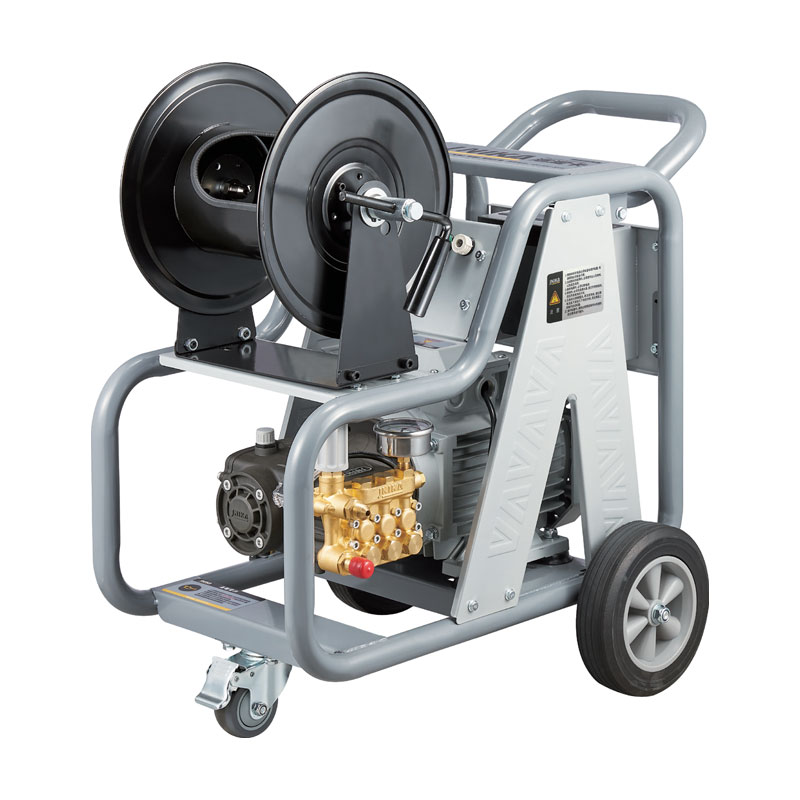 English
English Español
Español  Português
Português  русский
русский  Français
Français  日本語
日本語  Deutsch
Deutsch  tiếng Việt
tiếng Việt  Italiano
Italiano  Nederlands
Nederlands  ภาษาไทย
ภาษาไทย  Polski
Polski  한국어
한국어  Svenska
Svenska  magyar
magyar  Malay
Malay  বাংলা ভাষার
বাংলা ভাষার  Dansk
Dansk  Suomi
Suomi  हिन्दी
हिन्दी  Pilipino
Pilipino  Türkçe
Türkçe  Gaeilge
Gaeilge  العربية
العربية  Indonesia
Indonesia  Norsk
Norsk  تمل
تمل  český
český  ελληνικά
ελληνικά  український
український  Javanese
Javanese  فارسی
فارسی  தமிழ்
தமிழ்  తెలుగు
తెలుగు  नेपाली
नेपाली  Burmese
Burmese  български
български  ລາວ
ລາວ  Latine
Latine  Қазақша
Қазақша  Euskal
Euskal  Azərbaycan
Azərbaycan  Slovenský jazyk
Slovenský jazyk  Македонски
Македонски  Lietuvos
Lietuvos  Eesti Keel
Eesti Keel  Română
Română  Slovenski
Slovenski  मराठी
मराठी  Srpski језик
Srpski језик
Why is the pressure of the high pressure washer missing?
2025-04-14
In response to the problem of the pressure of the high pressure washer, combined with the search results with high authority and strong timeliness, the following is a systematic solution.
1. Prioritize the inspection of the water source and water inlet system
Ensure that the water source of the high pressure washer is sufficient
Check whether the faucet is fully open, whether the water level of the water tank or well is too low, and the water supply flow rate must meet the equipment requirements (such as at least 4 liters/minute). Non-self-priming water pumps need to verify whether the water source pressure meets the standard.
Clean the water inlet filter of the high pressure washer
Long-term use may cause the filter to be blocked by mud or algae. It needs to be removed and rinsed with clean water or cleaned with a soft brush. If it is serious, replace it with a new filter.
Check the water inlet pipeline
Check whether the high-pressure cleaner pipeline is bent, damaged or aged, clear the blocked part (it can be reversely flushed with high-pressure airflow), and ensure that there is no water leakage at the connection.
2. Core component inspection Pump head and valve maintenance
Replace the seal . Wear of the pump head seal will cause pressure leakage. It is necessary to check and replace the new seal regularly.
Safety valve/check valve inspection
If the valve is stuck or not closed, it is necessary to clean the impurities or replace the parts.
Pressure relief valve adjustment: Increase the pressure by fine-tuning the pressure relief valve, but avoid overpressure to damage the equipment.
Nozzle and high-pressure hose
If the nozzle is clogged, clean it with a fine needle. If it is worn, it needs to be replaced (irregular spray pattern indicates wear).
Check whether the high-pressure hose of the high pressure washer is broken or the inner wall is aged. If necessary, replace the high-pressure hose.
3. Power system troubleshooting
Motor status, observe whether the high pressure washer makes abnormal sounds or overheats during operation. If the power is insufficient or burned, it needs to be repaired and replaced.
Transmission system, check whether the belts and gears are loose or worn, and adjust them to the best working condition.
4. Other common causes
Air inhalation problem, intermittently pull the trigger to discharge the air in the pipeline, and lower the pressure to run until it is stable.
O-ring leakage, check the "hissing" sound at the connection, replace the worn O-ring or use sealing tape.
Pressure gauge failure, if the display is abnormal, replace with a new gauge.




